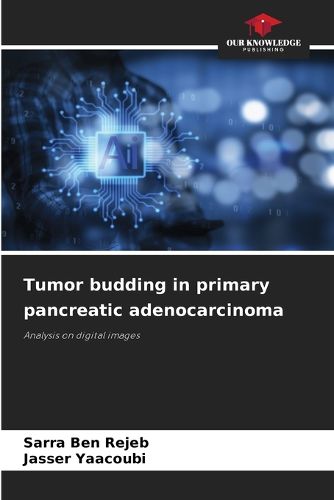Readings Newsletter
Become a Readings Member to make your shopping experience even easier.
Sign in or sign up for free!
You’re not far away from qualifying for FREE standard shipping within Australia
You’ve qualified for FREE standard shipping within Australia
The cart is loading…






Tumor budding (BT) is an emerging prognostic factor in several cancers, including pancreatic cancer. Our bi-centric study (2008-2022) aimed to evaluate BT by morphological method and with QUPATH software, and to analyze its impact on overall and event-free survival. We included 25 cases of pancreatic adenocarcinoma, with a mean age of 62 years and a male predominance (72%). BT was detected in 100% of cases morphologically and 80% by QUPATH. A high BT (BUD2/BUD3) was found in 56% of cases morphologically and 48% by QUPATH, with no significant difference between methods (p=0.589). A high BT was associated with advanced age (p=0.03) and negatively influenced overall survival (p=0.038). This study suggests that BT is a key prognostic factor and that QUPATH could become an accessible tool for standardizing its assessment in pathology.
$9.00 standard shipping within Australia
FREE standard shipping within Australia for orders over $100.00
Express & International shipping calculated at checkout
Tumor budding (BT) is an emerging prognostic factor in several cancers, including pancreatic cancer. Our bi-centric study (2008-2022) aimed to evaluate BT by morphological method and with QUPATH software, and to analyze its impact on overall and event-free survival. We included 25 cases of pancreatic adenocarcinoma, with a mean age of 62 years and a male predominance (72%). BT was detected in 100% of cases morphologically and 80% by QUPATH. A high BT (BUD2/BUD3) was found in 56% of cases morphologically and 48% by QUPATH, with no significant difference between methods (p=0.589). A high BT was associated with advanced age (p=0.03) and negatively influenced overall survival (p=0.038). This study suggests that BT is a key prognostic factor and that QUPATH could become an accessible tool for standardizing its assessment in pathology.